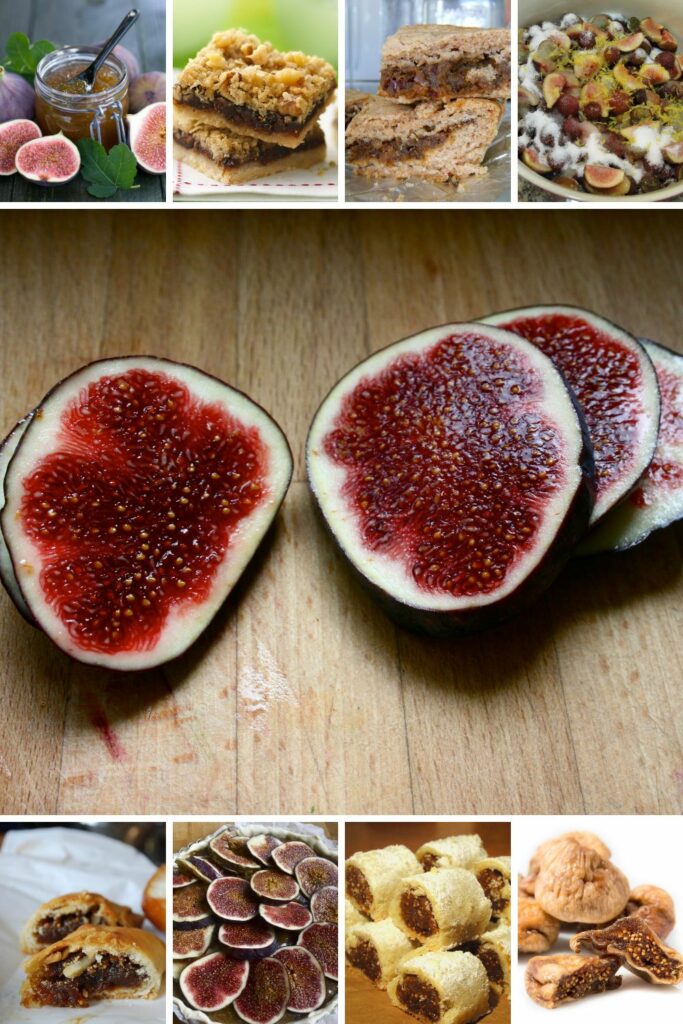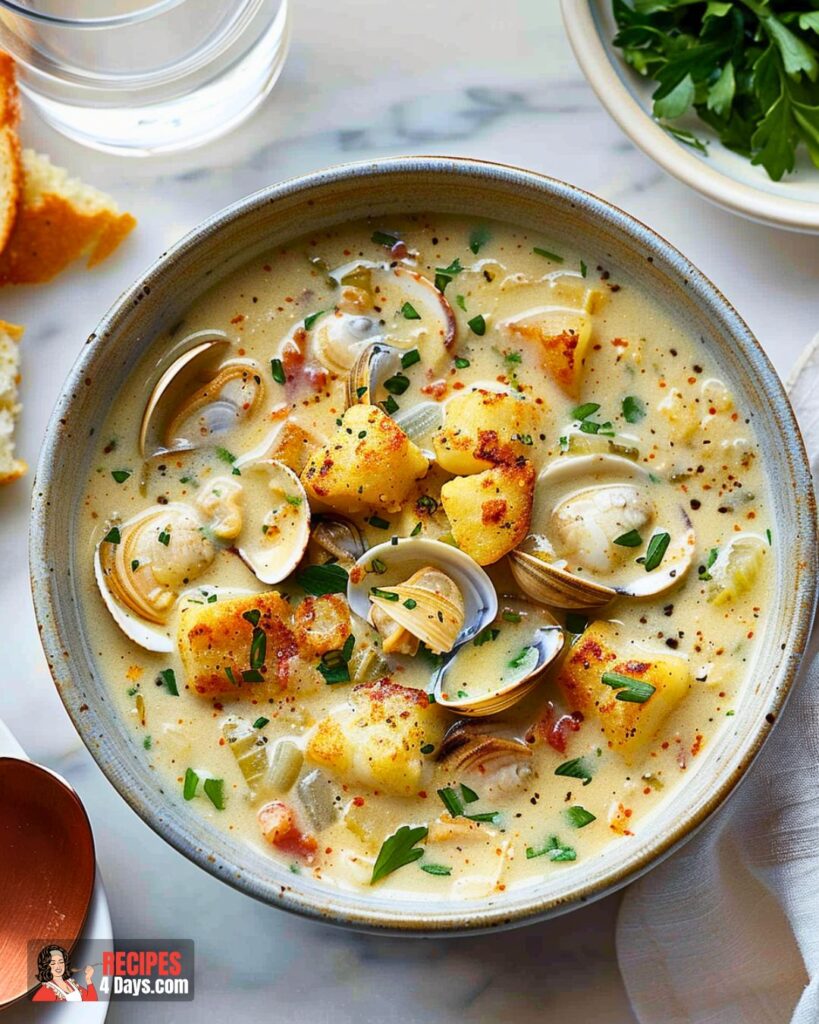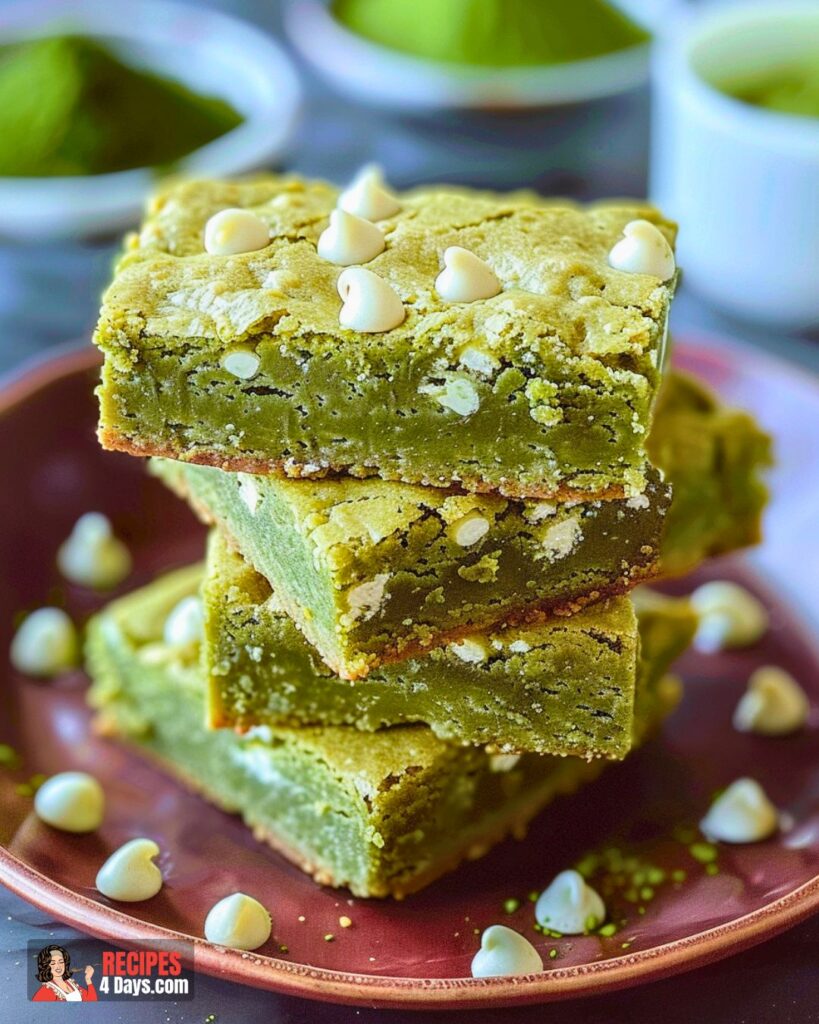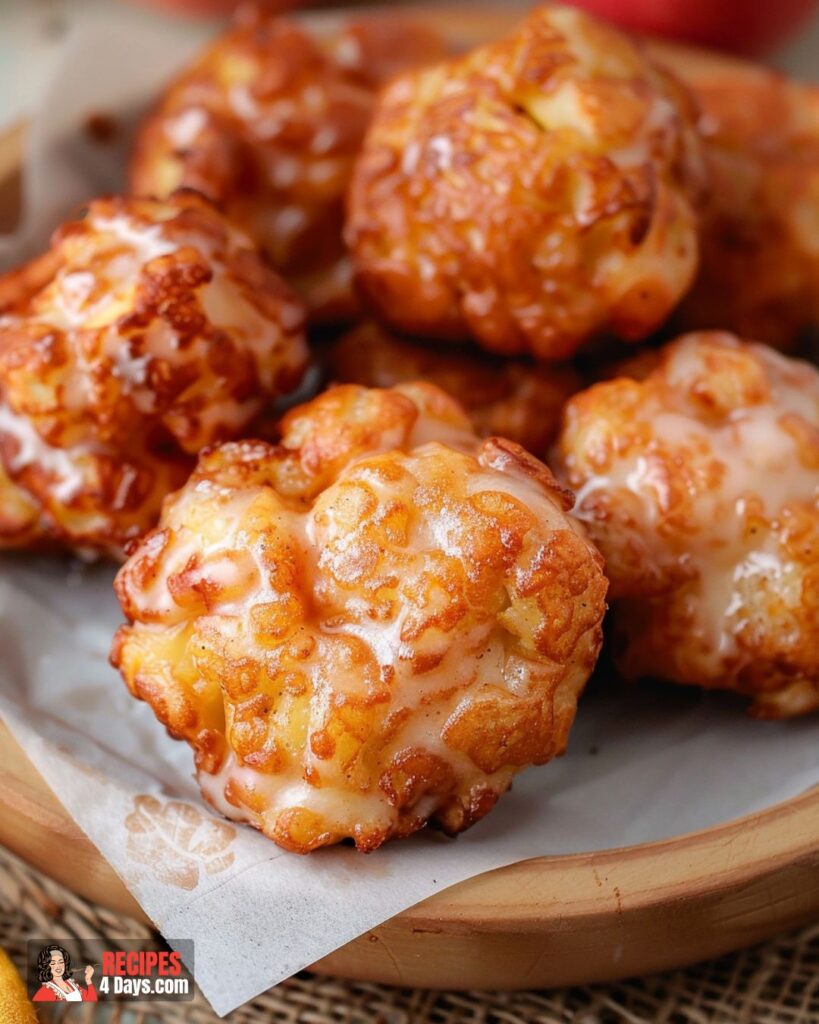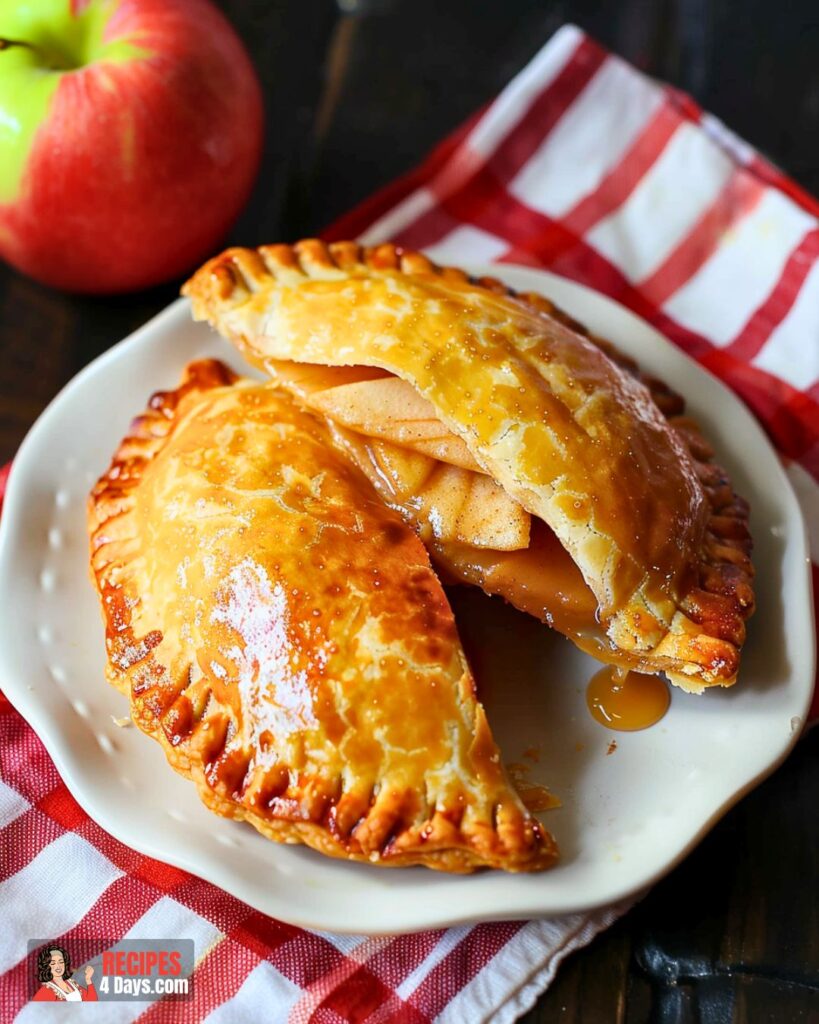The culinary world brims with diverse ingredients, each infusing unique flavors and textures into our favorite dishes. Fig filling stands out, enchanting with its delightful sweetness and versatility. This sumptuous ingredient has anchored itself in kitchens for centuries, seamlessly integrating into various global cuisines. Whether anchoring a holiday dessert, adding a special touch to homemade bars, or secretly enhancing pastries, fig filling injects a sophisticated yet comforting depth of flavor.
Figs, the heart of this filling, are fruits celebrated for their lush texture and natural sweetness. Transformed into a filling, they form a mixture offering both smoothness and chunkiness, enriching many recipes with delightful contrast. The adaptability of fig filling shines, fitting seamlessly into everything from cherished traditional recipes to innovative modern dishes.
In this article, we explore the realm of fig filling, covering its uses, variations, and the joy it adds to cooking and baking. Whether you’re an experienced chef or a home cook, this guide will equip you with insights for maximizing this flavorful ingredient’s potential. Let’s embark on a culinary journey, uncovering the sweet and rich world of fig filling.
The Basics of Fig Filling
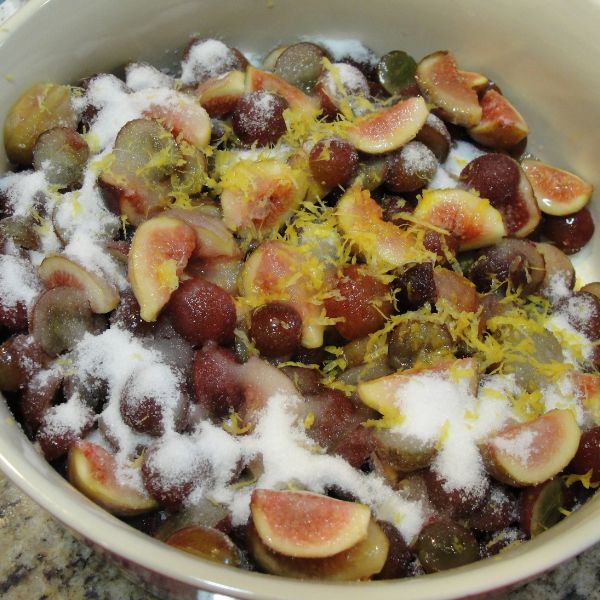
Understanding Fig Filling:
Fig filling, a delightful concoction often used in baking and cooking, primarily comes from figs – a fruit celebrated for its unique sweetness and texture. The process of making fig filling transforms figs, either fresh or dried, into a smooth or chunky spread, perfectly fitting the recipe’s needs. Notably, dried figs, such as Calimyrna, Smyrna, or Black Mission varieties, are commonly chosen for their intensified sweetness and chewy texture.
Key Ingredients:
A basic fig filling typically comprises chopped figs, a sweetening agent like honey or sugar, and sometimes a liquid to facilitate breaking down the figs into a more spreadable form. Additionally, depending on the recipe, other ingredients like orange zest, lemon juice, or spices such as cinnamon and nutmeg might be added to elevate the flavor.
Variations of Fig Filling:
The versatility of fig filling allows for a plethora of variations. For example, some recipes might blend in other dried fruits such as raisins or dates to create a richer flavor profile and texture. Furthermore, others might incorporate nuts for added crunch or different types of citrus zest for a tangy twist. Indeed, the beauty of fig filling lies in its adaptability, making it an ideal match for various culinary applications.
Dried Figs in Fig Filling:
When opting for dried figs, it’s crucial to select the right type for your recipe. Turkish figs, often labeled as Smyrna figs, are known for their plumpness and are a popular choice among bakers. Conversely, Black Mission figs, although slightly smaller, are equally flavorful. Regardless of the variety, dried figs are often rehydrated and cooked down to achieve the filling’s desired consistency, thus ensuring the perfect blend of texture and taste in every bite.
Historical and Cultural Significance
The Timeless Appeal of Figs:
Figs rank among the oldest cultivated fruits in human history, tracing their origins back to ancient times. They have symbolized abundance and fertility in various cultures and frequently appear in historical texts, including the Bible. People began cultivating figs in the Mediterranean region, where they quickly became a diet staple due to their sweet taste and nutritional value.
Figs in World Cuisines:
Throughout history, figs have integrated into the culinary traditions of many cultures. In the Mediterranean, cooks often use figs in both sweet and savory dishes, frequently pairing them with cheeses and meats. In Middle Eastern cuisine, figs commonly appear in tagines and desserts. The versatility of figs shines in Asian cuisines, where people use them in preserves and as natural sweeteners.
Evolution of Fig Filling:
The use of figs in fillings showcases their adaptability and enduring popularity. Initially, fig fillings were simple mixtures for pies and pastries. As time passed, these recipes evolved, now including various ingredients like spices, nuts, and citrus to enhance the flavor. This evolution mirrors the cultural exchanges and culinary creativity across different societies.
Fig Filling in Modern Times:
Today, both traditional and modern cuisines celebrate fig filling. It remains a key ingredient in many classic recipes, such as fig rolls and tarts, and has also found its way into contemporary cooking. This inspires chefs and home cooks to create innovative dishes. The rich history of figs adds a layer of cultural significance to dishes featuring this delectable filling.
Health Benefits of Figs
Nutritional Profile of Figs:
Figs are not just prized for their taste but also for their nutritional benefits. They are a rich source of dietary fiber, which is essential for digestive health. Figs are also packed with vitamins and minerals, including vitamin A, B vitamins, calcium, iron, potassium, and magnesium. This nutrient-rich profile contributes to several health benefits, making figs a valuable addition to a balanced diet.
Digestive Health:
The high fiber content in figs aids in promoting a healthy digestive system. Fiber helps in regulating bowel movements and is known to be beneficial in preventing constipation. Additionally, figs contain prebiotics, which support the growth of healthy bacteria in the gut, further enhancing digestive wellness.
Heart Health:
Figs have been linked to heart health in several ways. The potassium in figs helps in regulating blood pressure, while the fiber content aids in lowering cholesterol levels. Studies have suggested that the antioxidants present in figs can also contribute to reducing the risk of heart disease.
Bone Health:
The calcium and potassium in figs play a crucial role in bone health. Calcium is vital for bone strength and density, while potassium helps in counteracting the urinary excretion of calcium caused by high-salt diets. This makes figs particularly beneficial in preventing bone-related disorders like osteoporosis.
Weight Management:
Due to their fiber content, figs can be a helpful food for weight management. Fiber provides a feeling of fullness, reducing the likelihood of overeating. Furthermore, figs have a low to moderate glycemic index, meaning they have a gradual effect on blood sugar levels, which is beneficial for weight control.
Skin Health:
The antioxidants and vitamins in figs may have a positive impact on skin health. They can help in fighting free radicals, reducing oxidative stress, and potentially slowing down skin aging processes
Popular Fig Filling Recipes
Classic Fig Bars:
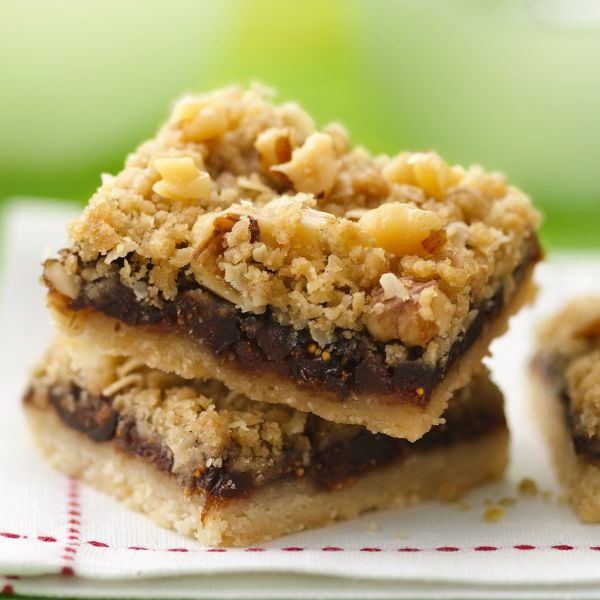
One of the most beloved uses of fig filling is in homemade fig bars. These treats are reminiscent of store-bought fig bars but offer a homemade charm with their rich, jammy fig center sandwiched between soft, chewy layers of dough. The fig filling for these bars often includes a blend of dried figs, orange juice, and a touch of sweeteners and spices. The result is a satisfying snack that’s perfect for any time of the day.
Ingredients:
- 1 and 1/2 cups dried figs, chopped
- 1/4 cup orange juice
- 2 tablespoons honey or maple syrup
- 1/4 teaspoon cinnamon
- 2 cups oats
- 1 cup whole wheat flour
- 1/2 cup maple syrup
- 1/2 cup coconut oil, melted
- Pinch of salt
Directions:
- Preheat the oven to 350°F (175°C) and line an 8-inch square baking pan with parchment paper.
- In a saucepan, combine figs, orange juice, honey, and cinnamon. Cook over medium heat until figs are softened and the mixture thickens, about 10 minutes. Let it cool and then blend in a food processor until smooth.
- In a bowl, mix oats, flour, maple syrup, melted coconut oil, and salt to form a crumbly dough.
- Press half of the dough into the bottom of the prepared pan. Spread the fig mixture over the dough. Crumble the remaining dough over the fig layer.
- Bake for 30 minutes or until golden brown. Cool before cutting into bars
Fig-Filled Cookies:
Another delightful way to enjoy fig filling is in cookies. Fig-filled cookies combine a tender dough with a sweet, spiced fig mixture, creating a deliciously balanced treat. These cookies might include additional dried fruits like raisins or dates and are often finished with a light glaze, adding an extra layer of sweetness.
Ingredients:
- 1/2 cup butter, softened
- 1/4 cup sugar
- 1/4 cup brown sugar
- 1 large egg
- 1 teaspoon vanilla extract
- 1-3/4 cups all-purpose flour
- 1/2 teaspoon baking soda
- 1/4 teaspoon salt
Filling:
- 1/2 cup dried figs, chopped
- 1/3 cup raisins, chopped
- 1/4 cup dates, chopped
- 1/2 cup orange juice
- 2 teaspoons sugar
- 1/4 teaspoon cinnamon
Directions:
- Cream together butter and sugars. Add egg and vanilla, mixing well. Combine flour, baking soda, and salt; gradually add to the creamed mixture.
- For the filling, combine figs, raisins, dates, orange juice, sugar, and cinnamon in a saucepan. Simmer until fruit is tender and liquid is absorbed. Cool.
- Roll out dough and spread the fig mixture. Roll up, slice, and bake at 375°F for 10-15 minutes or until lightly browned.
Fig Cake Filling:

For those who love baking cakes, fig filling can be an exquisite addition. Used as a layer between cake tiers or as a topping, fig filling brings a unique flavor profile that pairs wonderfully with various cake flavors. A fig cake filling might include chopped figs, sugar, and a hint of citrus, cooked down to the perfect consistency for spreading.
Ingredients:
- 1/4 lb chopped figs
- 1/2 cup sugar
- 2 tablespoons cornstarch
- 1/2 cup boiling water
- 1 1/2 tablespoons lemon juice
- 1/2 grated orange rind
Directions:
- Cook figs until tender, about 30 minutes.
- Combine sugar and cornstarch in a bowl. Gradually stir in boiling water and lemon juice.
- Add this mixture to the cooked figs. Cook over medium heat, stirring constantly until thickened.
- Stir in orange rind. Cool before using as a cake filling.
Mini Fig Pastries:

Mini fig pastries are a testament to the versatility of fig filling in more refined desserts. These elegant treats involve wrapping a luscious fig mixture in delicate pastry dough. The filling typically combines finely chopped figs, brown sugar, orange juice, and spices, offering a burst of flavor in every bite.
Ingredients:
Pastry:
-
- 2 cups all-purpose flour
- 1/4 cup sugar
- 1/2 teaspoon salt
- 1 cup cold butter, cut into pieces
- 4-6 tablespoons cold water
Fig Filling:
-
- 7 ounces dried figs, finely chopped
- 1/3 cup brown sugar
- 1/3 cup orange juice
- 1 teaspoon freshly grated orange zest
- 1/4 teaspoon cinnamon
Directions:
- For pastry, combine flour, sugar, and salt. Cut in butter until crumbly. Add water to form dough.
- For filling, combine figs, brown sugar, orange juice, zest, and cinnamon in a saucepan. Cook until figs absorb most of the liquid.
- Roll out pastry dough, spread the fig mixture, and fold into desired shapes.
- Bake at a preheated 375°F oven until golden.
Recipe Variations and Tips:
Each of these recipes can be adapted to suit different tastes and dietary needs. For example, fig bars can be made gluten-free by using alternative flours, and the sweetness of the filling can be adjusted according to preference. When making fig-filled cookies or pastries, experimenting with different types of dried figs can result in subtle yet delightful variations in flavor.
Cooking Tips and Techniques for Perfect Fig Filling
Selecting the Right Figs:
- Choose high-quality dried figs for your filling; look for plump, moist figs with a rich color. Avoid figs that are overly dry or hard.
- Turkish Smyrna or Black Mission figs are excellent choices due to their flavor and texture.
Preparing the Figs:
- If using dried figs, rehydrate them by soaking in warm water for several hours or simmering in a liquid like orange juice or water. This step is crucial for achieving a smooth, spreadable filling.
- Chop the figs finely before cooking to ensure even texture in the filling.
Cooking the Filling:
- Cook the figs on a low to medium heat, adding your choice of sweeteners and flavorings like honey, sugar, citrus zest, or spices.
- Stir the mixture frequently to prevent sticking and ensure even cooking. The filling is ready when it reaches a thick, jam-like consistency.
Flavor Enhancements:
- Experiment with different spices such as cinnamon, nutmeg, or vanilla to add depth to the filling.
- Citrus elements like lemon or orange zest can add a refreshing twist to the fig filling.
- Consider adding chopped nuts or other dried fruits for additional texture and flavor variety.
Using the Filling:
- Allow the fig filling to cool before using it in recipes. This will help it set and make it easier to spread or layer.
- Fig filling can be used in various baked goods, such as cookies, bars, pastries, and cakes. It can also be a delicious addition to savory dishes, like stuffed meats or as a condiment.
Storing Fig Filling:
- Store fig filling in an airtight container in the refrigerator. It can last for up to a week.
- For longer storage, fig filling can be frozen. Thaw it in the refrigerator before use.
Creative Uses:
- Beyond traditional recipes, use fig filling as a topping for ice cream, yogurt, or pancakes.
- Mix it into oatmeal or spread it on toast for a quick, flavorful breakfast.
Pairing Ideas with Fig Filling

Cheese and Charcuterie Boards:
- Fig filling is a wonderful accompaniment to cheese and charcuterie boards. Its sweetness pairs beautifully with a variety of cheeses, from creamy brie to sharp cheddar. It also complements cured meats, adding a touch of sweetness to balance the savory flavors.
Breakfast and Brunch Delights:
- Elevate your breakfast or brunch dishes by incorporating fig filling. Spread it over toast, swirl it into yogurt, or use it as a topping for pancakes and waffles. It can also be a flavorful addition to oatmeal or porridge.
Savory Combinations:
- In savory dishes, fig filling can be a game-changer. Use it as a glaze for roasted meats like pork, chicken, or lamb. It can also be included in stuffings or as a condiment for sandwiches and burgers, providing a unique blend of sweet and savory flavors.
Desserts and Baked Goods:
- Fig filling shines in the realm of desserts. Use it in pies, tarts, or turnovers for a fruit-filled treat. It’s also perfect for layering in cakes or as a filling for pastries and croissants.
Seasonal Specials:
- Tailor your use of fig filling according to the seasons. In autumn and winter, combine it with spices like cinnamon and nutmeg for a warm, comforting flavor. In spring and summer, pair it with lighter ingredients like citrus zest or fresh herbs for a refreshing twist.
Storing and Preserving Fig Filling
Short-Term Storage:
- For immediate use or consumption within a week, store fig filling in an airtight container in the refrigerator. This will keep the filling fresh and prevent it from absorbing odors from other foods in the fridge.
Freezing for Longevity:
- If you have a larger batch of fig filling or wish to preserve it for future use, freezing is an excellent option. Place the cooled fig filling in a freezer-safe container or bag, leaving some space for expansion. It can be frozen for up to 6 months. Thaw it in the refrigerator overnight before use.
Preventing Crystallization:
- When storing fig filling, especially those with a higher sugar content, there’s a risk of sugar crystallization. To prevent this, you can add a small amount of lemon juice or citric acid to the filling before storing.
Canning Fig Filling:
- For those who enjoy canning, fig filling can be preserved using this method. Ensure you follow proper canning procedures to prevent spoilage. Sterilize jars and lids, fill them with hot fig filling, leaving appropriate headspace, and process in a boiling water canner for the recommended time.
Checking for Spoilage:
- Always check for signs of spoilage before using stored fig filling. Any off-odors, mold growth, or unusual changes in texture are indicators that the filling should not be consumed.
Using Thawed Fig Filling:
- Once thawed, give the fig filling a good stir as it may separate slightly during freezing. If the filling appears too thick after thawing, gently warm it over low heat while adding a bit of water or juice to reach the desired consistency.
Tips for Reusing:
- If you find yourself with leftover fig filling, get creative! It can be added to smoothies, used as a spread for desserts, or even incorporated into salad dressings for a touch of sweetness
